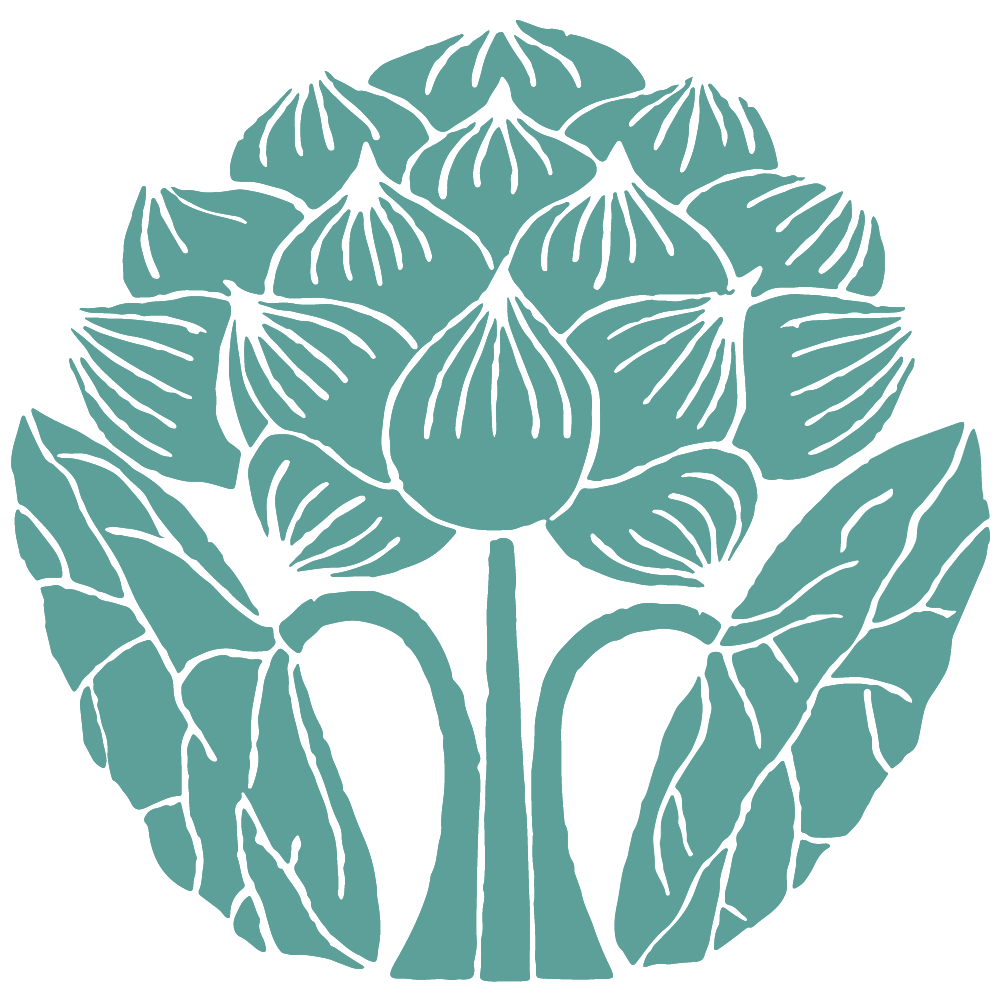After a hiatus of two years, I returned to India this past month. The occasion of this trip was to attend the Homeopathic International Clinical Training Course in Mumbai, something I have had the privilege to do three times in the last four years. Taught by Dr. Rajan Sankaran, one of the world’s preeminent homeopaths, the conference is a unique opportunity to deepen one’s knowledge and enhance clinical skills while witnessing an enormously creative and brilliant practitioner working with patients.
Homeopathy & Toxicology
Historically, the field of homeopathy has been rife with internal divisions based on philosophical differences that date back to the time it was first disseminated in the medical community of early nineteenth century Europe. While these differences have lead to a plethora of various school of thought and practice, there is one major fault line that divides homeopathic practice and practitioners into two major camps. On the one side is what is generally know as “classical” or “constitutional” homeopathy; on the other is virtually everyone else. What makes a practitioner a classical or constitutional homeopath is the belief that each individual is best served by the administration of a single homeopathic remedy that is carefully chosen to match the nature of that person. To reiterate this with other words, a remedy is selected that “resonates with” the characteristic “vital energy” of that person.
Homeopathy and Cancer
Cancer is such a pervasive and formidable condition that the capacity to treat it is perhaps the most important yardstick by which a therapeutic modality can be measured. While ‘the’ cure for cancer remains as elusive an objective as the alchemist’s pursuit of gold, there are numerous therapies, many of them relatively unknown to the population at large, that have proven effective in treating various manifestations of the disease. Broadly speaking though, almost all of these treatments can be categorized into one of two approaches. The first aims to remove or destroy cancer cells, usually be aggressive intervention. This is best represented by conventional oncology, which employs surgery or the introduction of a toxic elements into the body.
Homeopathy and Dying
...What is the job of a physician? No one put it more succinctly than the founder of homeopathy, Samuel Hahnemann, who open his most fundamental treatise with, “The physician’s highest and only calling is to make the sick healthy, to cure, as it is called.”1 and that, “the highest ideal of cure is the rapid, gentle and permanent restoration of health…”2
But when cure is no longer possible and the physical life of an individual is playing itself out, the physician’s role necessarily changes dramatically. Clearly, one of his or her chief functions is to administer comfort. This can extend far beyond prescription of analgesics such as morphine and attending to other bodily needs.
HRT - Going, Going, Gone?
HRT - GOING, GOING, GONE? Since landmark research a few years back, the cat has finally gotten out of the bag on hormone replacement therapy. As was widely reported, a large, longterm federal study on HRT was halted because the women taking hormones in the study had a clear increase in the incidence of breast cancer. Actually, it wasn’t only cancer: the study showed that there was also an increased risk for heart attacks, strokes, and blood clots.
Millions of women have gotten the message. Pharmaceutical companies are reporting dramatic drops in sales of the estrogen containing drugs that once were touted as the latest medical miracle, and even up until a few months ago were often routinely prescribed for women for no other reason than that their periods had stopped.
